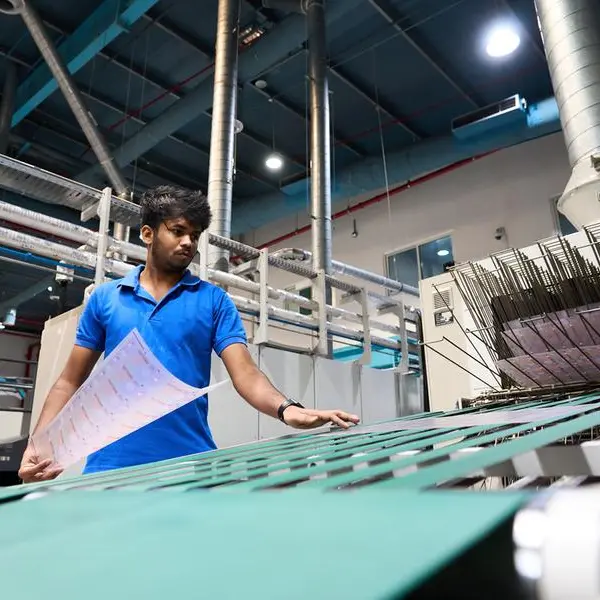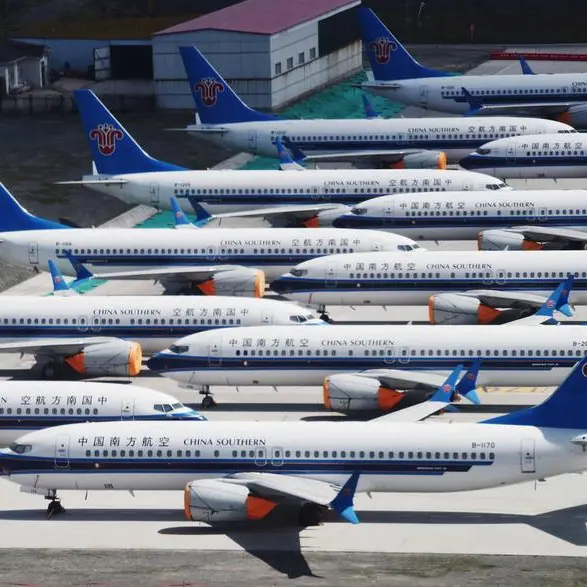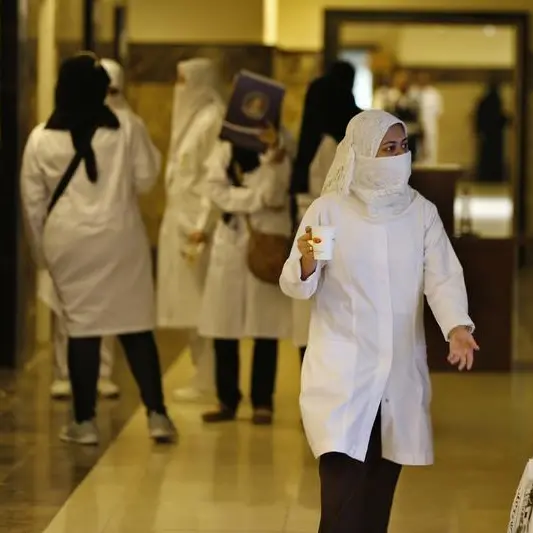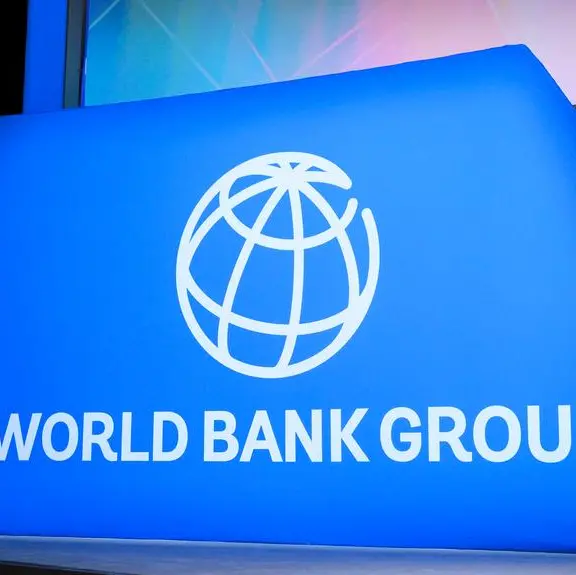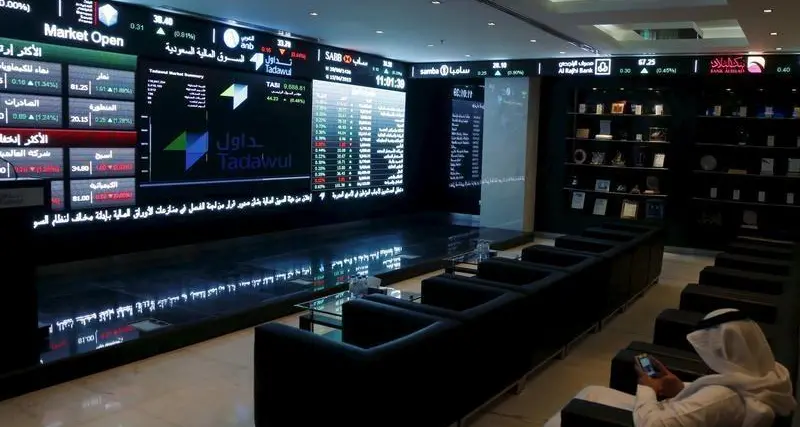Stronger energy returns drive H2 rebound
The reforms came as the non-oil economy gained some momentum in the second half of 2017. After contracting by 0.8% in the first half, year-end GDP growth is expected to have reached -0.5%, according to the Ministry of Economy and Planning, down from the 1.7% posted in 2016.
The negative growth has been driven by Saudi Arabia’s commitment to cut oil output in line with the recently extended OPEC agreement. However, non-oil growth, which reached 1.5%, is estimated to offset an anticipated 4.3% contraction in the oil segment.
The country’s fiscal position has continued to strengthen, with Ministry of Finance data showing the deficit for 2017 to be SR230bn ($61.3bn), or 8.9% of GDP, a 25.9% year-on-year (y-o-y) reduction.
While state outlays have increased by 11.6% y-o-y, the fiscal improvement is largely down to a 33.9% rise in total revenue. This has been driven by an increase in oil returns, which have improved by 32% y-o-y to SR440bn ($117.3bn) on the back of an uptick in global demand and higher prices, despite falling short 8% from year-end energy earnings targets of SR480bn ($128bn) for 2017.
The economy has also been boosted by an increase in non-oil earnings, which rose by 38% in 2017 due to the implementation of several fiscal reforms over the course of the year.
The government’s efforts to stimulate growth in the non-energy sectors appear to be bearing fruit, with non-oil revenue from taxes jumping by 18.6% y-o-y, mostly driven by a 54% increase from taxes on goods and services due to the introduction of excise taxes and new visa fees in the second half of the year. Of non-oil revenue, the “other revenue” segment, which includes returns from the Saudi Arabian Monetary Authority (SAMA) and the Public Investment Fund (PIF), rose by 36.8% y-o-y in 2017.
Encouraging investment, privatising assets key to diversification plans
2017 has seen Saudi Arabia take a significant step forward in its strategy to diversify the economy, with the announcement of plans to strengthen the country’s sovereign wealth fund and privatise key state assets.
In late October the government launched the PIF Programme 2018-20, which aims to develop the PIF into the world’s largest sovereign wealth fund, driving investment into the economy. The fund is hoping to increase assets under management from $230bn currently to $400bn by 2020, and then expand the figure further to $2trn by 2030.
The government has also made progress with its wider privatisation programme, which aims to raise $300bn through the sale of state assets for reinvestment by the PIF and other agencies.
In July this year Mohammed Al Tuwaijri, the minister for economy and planning, announced that moves were under way to sell the state-owned power generation firm and water desalination company, among others.
Meanwhile, in late November Saudi Aramco signed a memorandum of understanding with chemicals producer SABIC, a move that is likely to broaden its appeal to investors ahead of the scheduled sale of 5% of its shares in 2018.
The agreement relates to the development of a $20bn, fully-integrated crude oil-to-chemicals complex, which will have the capacity to process 400,000 barrels per day of oil and produce 9m tonnes of chemicals and base oils annually when it is brought on-line in 2025. The plant is also expected to create an estimated 30,000 jobs and add 1.5% to the country’s GDP by 2030.
The downstream investment is set to be the first of several, according to company officials, with the move into petrochemicals part of government attempts to broaden the economy’s revenue generation beyond exporting crude oil.
In December 2017, a private sector fiscal package was also introduced to stimulate private sector growth over a period of four years via SR72bn ($19.2bn) worth of fiscal measures.
Increased spending and revenue generation to drive 2018 growth
Plans to broaden the base of the economy will be supported by Saudi Arabia’s 2018 budget, the country’s largest ever, which outlines an increase in public spending and a slowing of austerity.
Released in December, the budget shows expenditure rising 5.6% to SR978bn ($260.8bn), with much of this dedicated to improving the business environment, a key part of government efforts to encourage more private sector investment.
New tariffs – including the introduction of a GCC-wide value-added tax of 5% in January – and an increase in oil earnings should help push up total revenues by 12.6% in 2018. Of this, non-oil revenues are expected to rise by 14%, up from 1.5% growth in 2017.
The budget deficit is forecast to drop to 7.3% of GDP; however, the increase in spending has seen the government push back its target date for achieving a fiscal balance from 2020 to 2023.
Growth rates are also expected to rise as a result of the investment. While the budget estimates growth of 2.7% in 2018, others are more conservative, with the World Bank forecasting GDP expansion of 1.2% this year and 2.1% in 2019.



